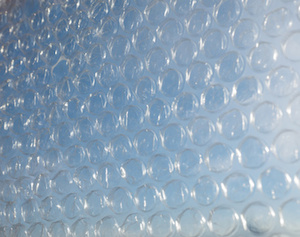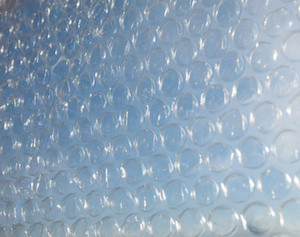Baby it’s cold outside! No matter what your budget, this cold weather makes you think about how to keep yourself warm and dry.
For the members of the oily rag community, they approach cold weather with at least one eye on the power bill. Here are some creative tips to keep warm, and a few sneaky facts about heating.
Just under half (42% on average to be exact) of all household heat is lost through the ceiling. Modern homes are usually well insulated but many older homes have no insulation at all, while in others the insulation is inadequate.
Walls account for 24% of lost heat, but they are more difficult to insulate unless you are building a new home or renovating.
Raised wooden floors can also be a problem. It is estimated that 12% of heat loss is through the floor. Floor coverings can reduce the heat loss but so too can fitting insulation below the floor – cardboard or other material can be stapled between floor joists, creating an insulated layer of air.
About 12% of room heat is lost through windows. Well-made, full-length curtains or thermal drapes are a simple answer here. Thick, heavy fabrics are the most efficient. Light materials should be lined. The curtains should extend 150mm on each side, and below the base of the window. Heavy drapes are more heat efficient than blinds.
A number of oily raggers have written in about the virtues of bubble wrap. Lisa from Whakatane says, “Covering the windows in bubble wrap or plastic film, while temporary, is cheap and amazingly effective… Holding it onto glass with water is quick and will come away cleanly. A more effective method, if you don’t mind a bit of a clean-up job afterwards, is to use sellotape or masking tape to attach the bubble wrap to the frame. The aim is to create an air gap between the bubble wrap and the glass. The air gap works exactly the same as it does in thousand-dollar double glazing.”
The oily rag website has lots of comments and tips about bubble wrap.
Canny Scot from Christchurch writes, “I have a heat pump but it does not cost me much to run as I also have a DVS which blows the warm air from the roof space down to dry and warm my home.”
C A S from Whakatane writes, “We have found that by placing a fan in front of our built in fireplace we use less wood and get more heat from the fire. The airflow over the fires surface transfers the heat to the air which makes the room much warmer. The same fan can be used with free standing fireplaces, just aim the fan at the flue and feel the increase in room temperature.”
Pamdelilah from Christchurch has a more unusual DIY heater tip. “You will need some tea light candles, a bread baking tin, and two ceramic flowerpots! The tea lights (up to four) are placed into a bread loaf baking tin then covered with the smaller upside-down flower pot so the pot sits on top of the edges of the baking tin. The drainage hole in the top of the upside-down pot is covered (sealed) with the metal casing leftover from one of the tea light candles. Then a second larger ceramic flower pot is placed over the first (making sure they don’t touch). The hole in the bigger flower pot is left uncovered. This creates a very efficient heater. If you want to see this technique in action, go to YouTube and search “flower pot heater”.
A word of caution. The pots get very hot and there is of course a flame from the candles involved so only do this on a hard surface that is not at risk of burning… we don’t want you burning your house down!
Now to questions for the oily rag community. DH from Whangarei asks, “Hi Oily Raggers, we wish to build on a site with great views, but little privacy at this point. What can we grow that will add privacy quickly and won’t cost too much? The site has southern views, and the north is the road direction. Any help and advice would be most appreciated.”
Please send in your tips and queries by visiting the oily rag website or by writing to Living off the Smell of an Oily Rag, PO Box 984, Whangarei.











Join the Discussion
Type out your comment here:
You must be logged in to post a comment.